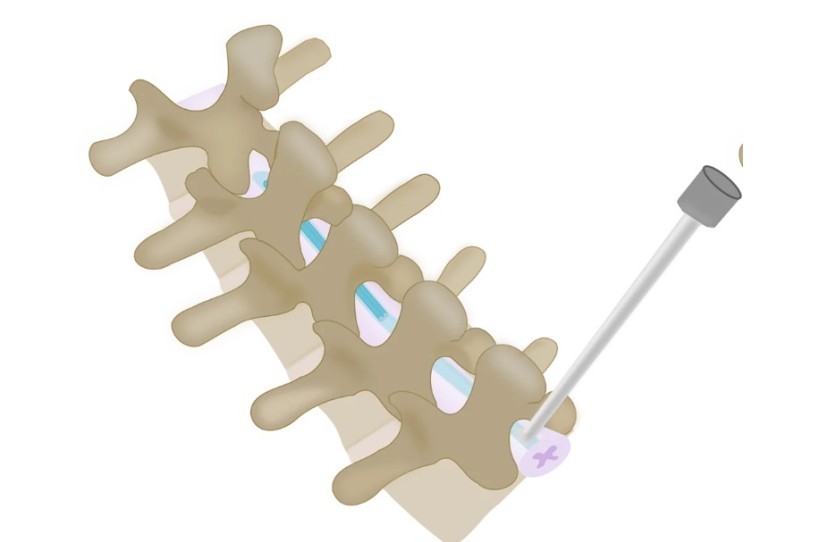An inflatable spinal cord implant is now feasible thanks to the scientists who worked for its design. You can now easily treat your chronic pain in the back in times that the medication is not enough to remedy it.
The setup which is a spinal cord stimulator (SCS) will make use of the electronic device. The application will implant electrodes into the patient's spinal cord. It sounds like tickle therapy until you feel the small currents flowing at your back. Those electrical impulses are said to aid the individual to conceal the pain signals that will send a message to your brain if you feel hurt.
UK Scientists Unveil its Design

In an article written by the University of Cambridge in the UK, a team of engineers has designed the electronic device in a way that the patient would not resort anymore to possible surgeries when treating serious spine problems.
According to Damiano Barone, a clinical neuroscientist in the university, spinal cord stimulation is intended for those who are suffering from extreme back pain which affects their daily activities. The procedure serves as a "treatment" of last resort for the affected individuals.
Read Also: Paralyzed Man Can Type 90 Characters Per Minute Thanks to New Handwriting Brain-Computer Interface
The Tricky Part in the Spinal Cord Stimulator

On Monday, June 28, ScienceAlert reported that the hardest part for the spinal cord treatment is how to insert the electrodes into the patient's spinal column hitting the dura mater. This is the part made up of fiber that binds the nearby nerve cells.
The fact that the size of the electrode implants is only a few millimeters makes the insertion difficult to do. From the spinal column, the assigned experts will implant the devices in the narrow part of the spine. But first, they need to slice a tiny part in the vertebra before beginning the process.
Scientists discovered that objects resembling the size of a big needle can make the pain manageable for the patient during the procedure. With that, there is full control of the swarming electrodes in a specific tiny location.
The 2-mm inflatable device works like a needle that could stick easily to the core of the spine. When it is now in the position, it will be rolled out into a "paddle." It becomes 60 micrometers after that.
The design paves the way for the scientists to carry out the operation easily through a quick shape change of the device. The microfluidic channels are helpful for the inflation of the shape during implantation.
"Thin-film electronics aren't new, but incorporating fluid chambers is what makes our device unique - this allows it to be inflated into a paddle-type shape once it is inside the patient," University of Cambridge engineer Christopher Proctor explained.
How Scientists Test the Device?
In a study entitled "Electronics with shape actuation for minimally invasive spinal cord stimulation," the team said that they first used the "device in vitro." They made use of a model of the spinal column to check the activities of electrodes during the rolling and inflating processes. The design involved human cadavers used for implantation surgeries.
Related Article: Stimulating The Spinal Cord With Pulse Generator Can Help Injured People Walk Again: Study
This article is owned by Tech Times
Written by Joseph Henry
ⓒ 2025 TECHTIMES.com All rights reserved. Do not reproduce without permission.




